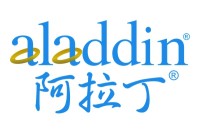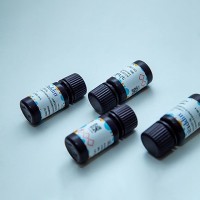An Engineered Peptide Compound Platform Technology Incorporating Angiopep for Crossing the BBB
互联网
654
The blood–brain barrier (BBB), formed by the endothelial cells of the brain capillaries, restricts access to brain cells of blood-borne compounds and allows only nutrients essential for normal metabolism to reach brain cells. This results in the inability of both small and large therapeutic compounds to cross the BBB. Therefore, various strategies need to be developed to enhance the amount and concentration of therapeutic compounds in the brain. A new family of peptides called Angiopeps derived from proteins expressing the Kunitz domain is transported very efficiently across the BBB using a physiological mechanism. Angiopep-2 transport across the BBB is, in part, mediated by the low density lipoprotein receptor related protein 1 (LRP1). This peptide family is the base of the engineered peptide compound (EPiC) platform technology allowing the synthesis of compounds which enter the central nervous system (CNS) to treat brain disorders. Using the EPiC platform, active drugs are modified by incorporation of Angiopep-2 allowing entry in the brain parenchyma. Many anti-cancer drugs, including paclitaxel, show poor delivery to brain tumors due to low permeability and active efflux transport at the BBB. As a proof of concept we have shown that Angiopep-2, a 19 amino acid peptide, is able to carry a payload composed of three molecules of an anti-cancer agent paclitaxel across the BBB resulting in a therapeutic concentration in the brain parenchyma. This first product called ANG1005 is now being evaluated in two phase I/II clinical trials. The use of this EPiC platform technology allows access to the brain parenchyma of small drugs, peptides, and larger hydrophilic agents for the treatment of CNS diseases.






